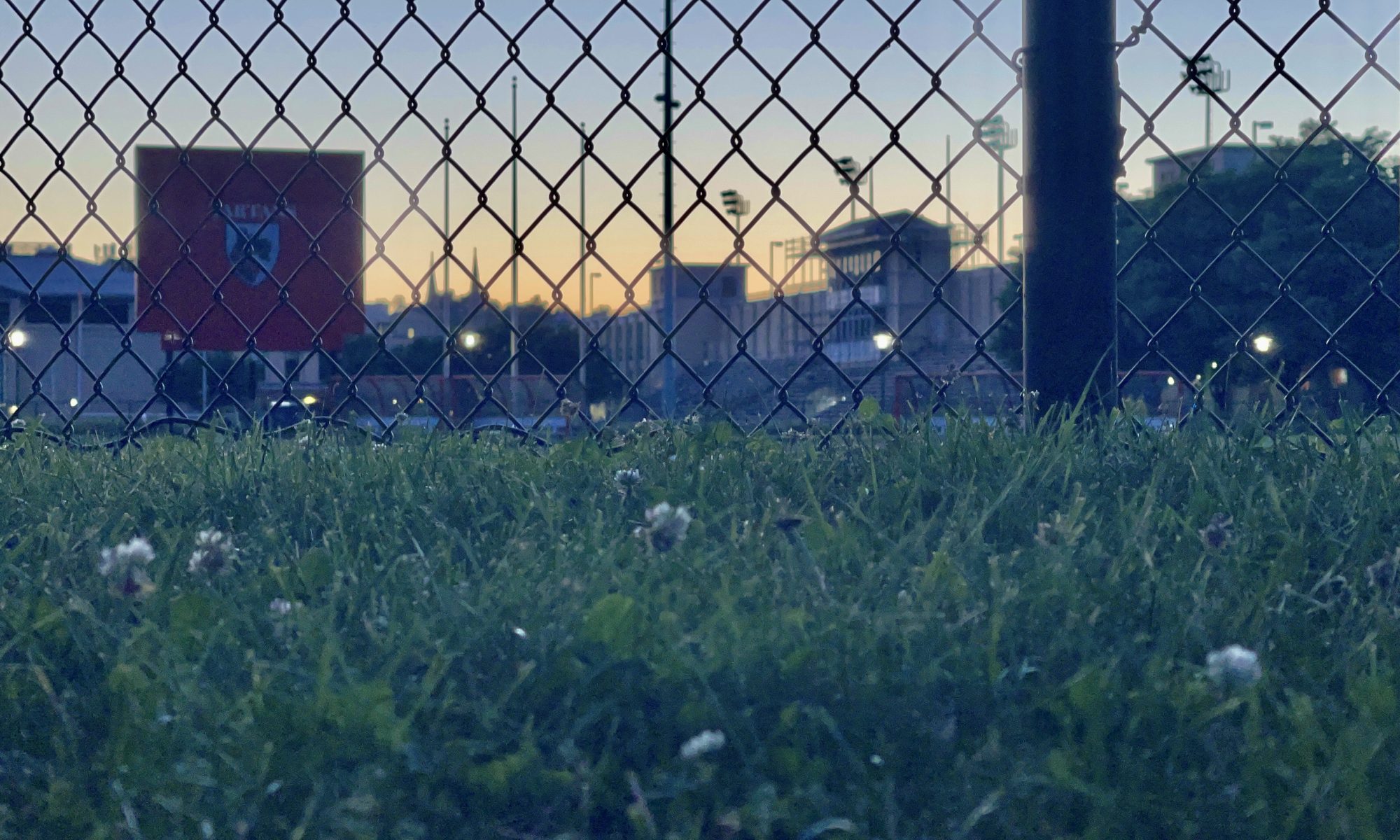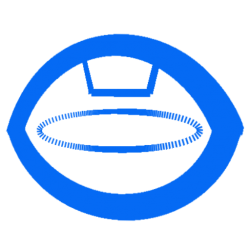The culmination of our project approached with the final presentation week, during which the team strategically allocated its efforts towards the meticulous creation of slides, thorough reviews of the presentation content, and collaborative endeavors. This period saw extensive discussions centering on crucial aspects such as testing plans, real-world applications, and in-depth data analysis, all with a primary focus on assessing the effectiveness of our developed system.
A significant facet of our recent efforts has been the intensive focus on comparative user testing, specifically aimed at measuring the accuracy of limb angles. This involved a dual approach, incorporating video training alongside our team’s system. As part of this process, ongoing data analysis is underway by Jerry and Ray, with the objective of extracting valuable information that will inform further refinement and optimization.
Our team’s productivity remained consistently high throughout the week, particularly in the preparation for the final presentation. Engaging discussions encompassed quantitative results derived from extensive testing, identification of potential areas of improvement, and careful consideration of user feedback. These discussions proved instrumental in shaping the final narrative of our project, ensuring a comprehensive and polished presentation.
Simultaneously, our focus extended to the backend processes of our project. Collaborative efforts, particularly with respect to finalizing backend functionalities, were undertaken in close partnership with Shiheng and Hongzhe. This phase involved meticulous optimization measures, enhancing overall system efficiency and responsiveness.
Noteworthy attention was also given to the refinement of design elements, with a dedicated effort to ensure optimal user experience. Collaborative discussions, particularly with Hongzhe, aimed at fine-tuning these elements, addressing any remaining concerns, and ensuring a seamless integration of design and functionality.
As the team progresses, we find ourselves currently on schedule, actively engaged in the critical phases of testing and evaluation. The imminent completion of the video and final report stands as a testament to our commitment to delivering key project deliverables with the highest standards of quality and precision. The collective efforts of the team position us well for the successful conclusion of this project.
Our team also wishes to express gratitude to all the faculty and TAs of the course for their continued assistance and guidance throughout the project.
Special thanks to our team’s TA Eshita and Professor Byron for meeting with us weekly, checking our progress, and providing constructive feedback throughout the semester.
ABET Question:
Unit Test on Frontend:
Functionality Testing to ensure the custom file upload feature functions as intended. Users are able to upload custom pictures. Widget Order Testing to verify that widgets associated with file upload are ordered correctly, user are able to rearrange and remove pictures.
UI Testing: UI elements and widgets work correctly under full screen resolution, and scales correctly.
Training Loop Testing: The training loop screen correctly showcased user image, skeleton, and reference picture.
Skeleton Drawing Testing: Correct skeletons are posed for both user and reference posture, previous issue mentioned in last week about scaling have been fixed.
File Storage: Local file storage is working correctly, both for prerecorded poses and reference poses.
Unit Test on Backend:
Angle testing: Justified angles captured by the Openpose system through the keypoints being passed into the backend. Used online protractor to measure angles compared to the calculation derived from keypoints.
Voice testing: Ensure voice module is robust and produces correct instructions as intended. Integrated throughout the testing process and accepted advice from users to improve instruction. Clear verbal instructions given with correct angles.
User posture testing: Different poses are being passed into the algorithm for testing, including incomplete postures, wrong postures. Correct angles and instructions are verified from feedback of group members and volunteers. Incorrect and correct limbs were clearly identified and passed to the frontend for drawing.
Correct person testing: When multiple people are involved in one frame, the algorithm is correctly identifying the user practicing the posture (most similar person).
Integration testing:
Testing on windows laptops, applications constructed by Kivy is able to launch and run correctly.
Pose sequencing: Functionality is working as intended, user is able to move on from one pose after doing it correctly. After finishing the sequencing, user will be presented with overall score of the sequence.
Parameter Adjustment Testing: Users are able to customize preparation time, move-on time, and tolerance angle for custom training. The sliders communicate with backend correctly to reflect the changes.
Time Trials: Timer are utilized to measure performance on different laptop setups from group members. User testing has come back with results of the app being slow, main bottleneck is the Openpose utilizing CUDA. Time requirements are within our set standards.
User Testing: Jerry collected data and did analysis on this part mainly. User experiences were measured, and bugs were found about the training loop, fixes were implemented to address the issue. Efficiency for the application increased after implementing the fix.

